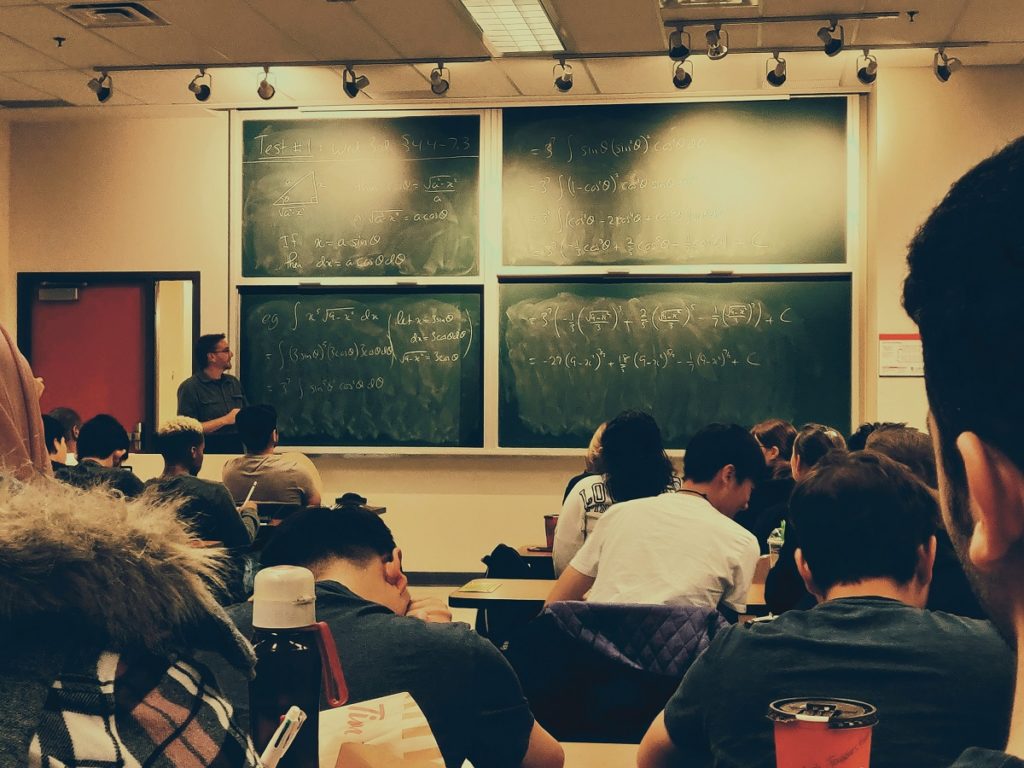According to data published on the National Institute of Health (NIH) website, accidents in schools and universities happen quite frequently, with young adolescents often becoming victims. These accidents occur during sports and physical training (SPT), school training other than SPT, and during students’ free time. In another report published on the same website, it was revealed that almost 60 percent of all accidents occurred during academically-related sports events.
Among the main areas of legal liabilities of these educational institutions has something to do with tort, which is a civil wrong that has corresponding punitive damages determined by a court of law. For example, a student who figured in a slip-and-fall accident due to a broken or slippery comfort room tile might suffer injuries to prompt the hiring of an experienced spinal cord injury attorney.
If the court decides to take the case and then finds out that the university failed to repair such an obvious hazard, the student most probably would be awarded damages on the basis of the university’s tort liability. But, what should you do if you figured in a slip-and-fall accident within your university in the first place? Do you call the cops immediately or the rescue services?

Here are the steps to take when you experienced a slip or fall accident while inside university premises:
- Call emergency responders or school health officials immediately. Following an accident, whether it’s slip-and-fall or something else, your first action should be to quickly call emergency medical service providers. It’s important to request immediate medical assistance to ensure that you’ll get the help that you need. Be sure to save the contact numbers of emergency medical services in your school and local authorities on your mobile phone, preferably have them on speed dial so you’d need minimal physical effort to call for help.
- Document your injuries. It’s also critical to properly and meticulously document your injuries or have someone do it for you if you’re not physically capable o doing so. Keep in mind that you might need such documentation if ever you decide to pursue a tort case against your university over the injuries you sustained from the accident. While this is not something that any college student would want, it’s better to keep your mind open about it and have something to support your court case if and when you decide to file one.
- Keep a copy of your medical records and hospital/medication bills. It’s important to secure a copy of your medical records from the hospital or clinic where you’re being treated. Additionally, be sure to have original copies of your hospital and medication bills or receipts. These documents would come in handy when you are to present your case in court or ask for medical assistance from the university for the injuries you sustained.
- Consult with a personal injury lawyer. If you’re unsure about whether your case falls under applicable tort laws, then the logical thing to do is to consult with a reputable personal injury attorney. Such a legal professional can gather the necessary pieces of evidence and analyze them. If your lawyer determines that you have a strong case, then he or she will get the ball rolling and file the case on your behalf. You should then prepare yourself for the possibility of going to court to take the stand and recall the circumstances that led to your accident. Your personal injury attorney will help you prepare for this so you don’t have to fret about the idea.
- Work the details of the case with your attorney. It’s critical to iron out details of your case with your attorney. This would include things such as how much punitive damages you’re willing to accept or whether you’re going to say yes to an out-of-court settlement. You have to discuss such possibilities with your attorney so you’ll know how to go about your case given a specific scenario.
Just remember these five simple steps and you won’t get lost while navigating your potential personal injury lawsuit.
